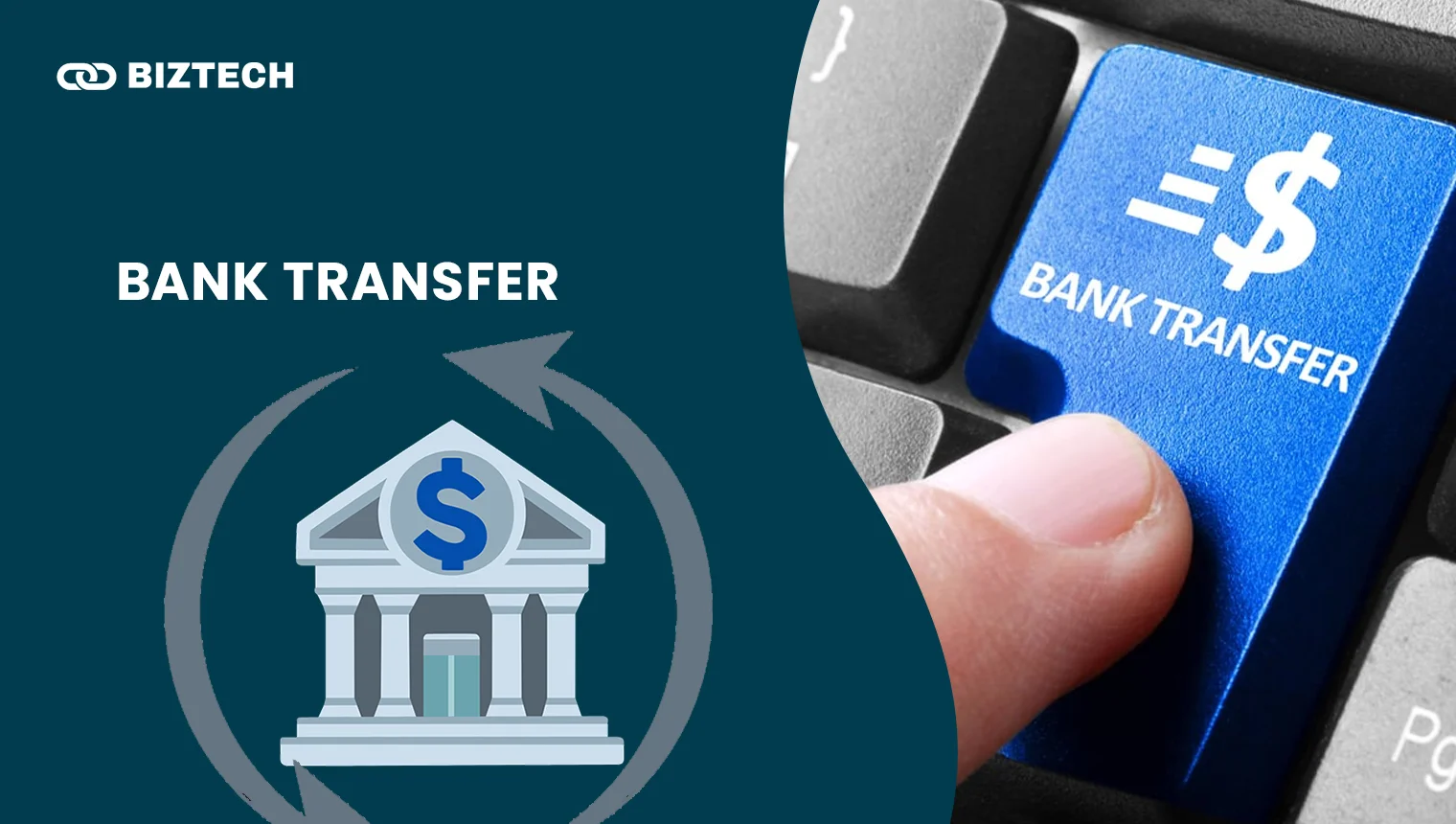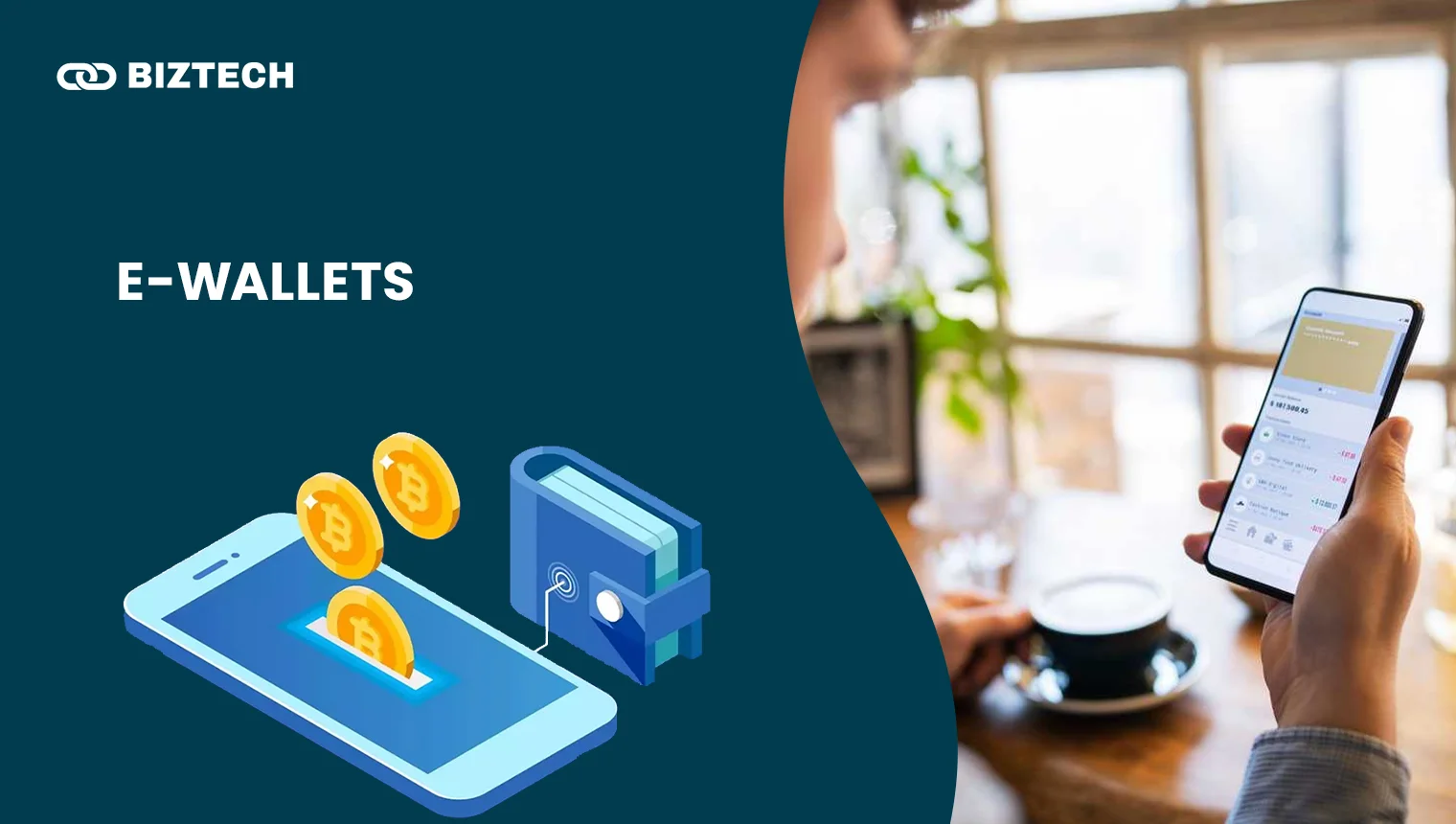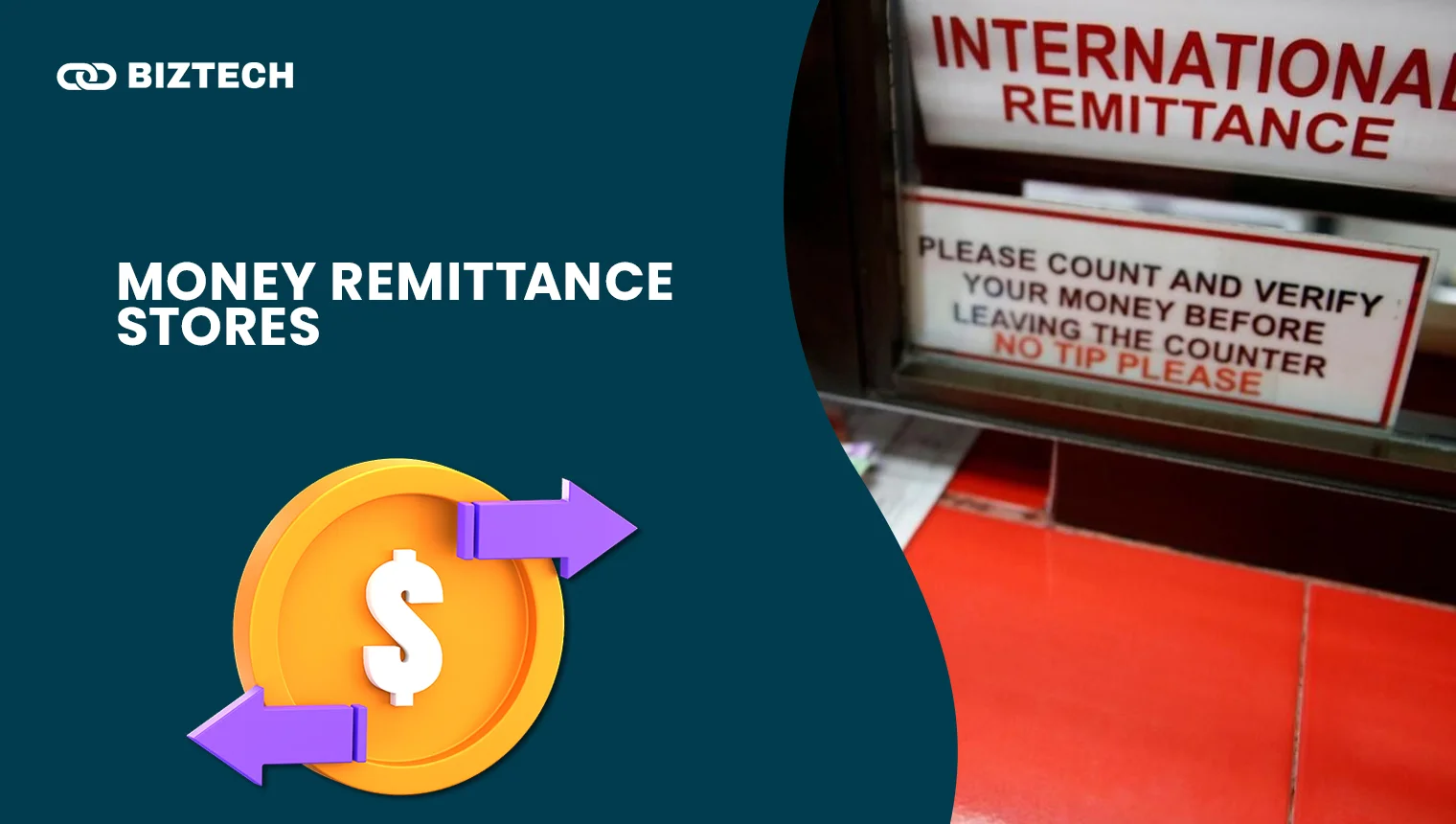Wondering about how to transfer money from Singapore to Malaysia? You’re in good company!
As per a 2024 report by MAS, cross-border transactions between these neighbouring nations have reached record levels.
We have meticulously researched the options and associated fees to provide you with the latest methods for transferring money from Singapore to Malaysia and vice versa.
4 Common Ways To Transfer Your Money Between Singapore and Malaysia
Transferring money between Singapore and Malaysia presents several convenient options. Below, we outline four popular methods to assist you in selecting the most suitable one on how to transfer money from Singapore to Malaysia:
1. Bank Transfer

The conventional approach involves transferring funds directly from your Singaporean bank account to your recipient’s Malaysian bank account.
Process:
Provide your recipient’s bank account particulars, such as bank name, branch code, account number, and beneficiary name.
Initiate the transfer through your online banking portal or visit a branch in person.
Transfer Fees:
Typically, banks levy a mix of fees, encompassing a fixed transfer fee and a percentage of the transfer amount. These charges vary depending on your bank, the recipient’s bank, and the transfer sum.
Processing Time:
Bank transfers may take 1-3 business days, contingent upon the involved banks and potential additional verification requirements.
Recipient Information Required
- Bank Name
- Branch Code
- Account Number
- Beneficiary Name (Must match their bank account details)
Daily/Monthly Limits:
These limits vary among banks, necessitating direct consultation with your bank for specifics.
Advantages
- Security: Bank transfers offer high security, regulated by established financial institutions.
- Suitable for Larger Transfers: Banks often accommodate higher transfer limits, making them ideal for substantial sums.
Limitations
- Cost: Bank transfers can be comparatively expensive, especially for minor transfers.
- Processing Time: They may take longer to reach the recipient compared to swiffer methods.
Examples:
DBS Bank, OCBC Bank, UOB (Singapore), Maybank (Malaysia), and CIMB Bank (Malaysia) facilitate Singapore-Malaysia transfers.
Alternatives to Bank Transfers:
While bank transfers ensure security and flexibility, alternative methods may offer speed or cost advantages depending on your preferences. These alternatives to transferring money from Singapore to Malaysia will be explored in subsequent sections.
2. Money Transfer Services

Money transfer services serve expats, immigrants remitting money home, and individuals seeking a fast and easy way to transmit payments.
Here is an overview of their operation, considerations for choosing one, and a comparison table for informed decision-making.
How Money Transfer Services Operate:
Several prominent money transfer services, including Wise (formerly TransferWise), Western Union, and MoneyGram, operate on a similar principle:
- Initiating Transfer: You establish an account with the service and furnish recipient details (name, address, bank account particulars for bank deposits, etc.).
- Payment: You finance the transfer through your bank account, debit card, or credit card (with potential fees for credit card transactions).
- Currency Conversion: The service converts your funds into the recipient’s currency at their prevailing exchange rate.
- Delivery: Depending on the chosen method, the recipient receives the funds electronically, either deposited into their bank account or available for cash pickup at a designated location.
Selecting a Money Transfer Service
You may want to consider these factors on how to transfer money from Singapore to Malaysia when selecting a money transfer service:
- Fees: Services levy transfer fees, often comprising a flat fee or a percentage of the transferred amount. Some may impose additional charges for specific payment or receiving methods. Ensure clarity regarding the net amount being sent after fees.
- Exchange Rates: The offered exchange rate determines the amount the recipient received. Comparing rates across services helps identify the most favourable option.
- Transfer Speed: Urgency dictates the suitability of transfer speed. While some services offer same-day transfers at a premium, others necessitate several business days.
- Convenience: Evaluate the user-friendliness of the service’s platform (website or app) and the accessibility of customer support.
Key Considerations Addressed
Optimal Exchange Rates:
Due to fluctuating rates, identifying a singular service with consistently superior rates proves challenging. Therefore, comparing rates across services before initiating a transfer is prudent.
Hidden Charges:
Review the terms and conditions thoroughly, as certain services may impose hidden fees related to specific payment methods or cancellation policies.
Transfer Tracking:
Most money transfer services facilitate online or app-based tracking of transfers using a unique reference number.
Comparison between different money transfer service providers
| Feature | Wise (formerly TransferWise) | Western Union | MoneyGram | DBS Remit (Singapore) | Maybank Remit (Malaysia) |
| Transfer Fees | Typically lower, transparent fee structure (percentage) | Varies, can be high for fast transfers (flat fee + %) | Varies, can be high for fast transfers (flat fee + %) | Flat fee or percentage, may depend on transfer amount and delivery method | Flat fee or percentage, may depend on transfer amount and delivery method |
| Exchange Rates | Generally competitive, often close to mid-market rate | Less competitive | Less competitive | Competitive, may offer preferential rates for DBS/POSB customers | Competitive, may offer preferential rates for Maybank customers |
| Transfer Speed | Slower (typically 1-2 business days), express options available | Fast (minutes to same-day) | Fast (minutes to same-day) | Same day or next business day | Same day or next business day |
| Convenience | User-friendly online platform and app | Widespread agent locations in Malaysia for cash pickup | Widespread agent locations in Malaysia for cash pickup | Online platform and DBS/POSB ATM network for cash pickup in Malaysia | Online platform and Maybank ATM network for cash pickup in Singapore |
| Minimum Transfer | Varies depending on currency | Varies depending on currency | Varies depending on currency | Minimum may apply | Minimum may apply |
| Maximum Transfer | Varies depending on currency | Varies depending on currency | Varies depending on currency | Maximums may apply | Maximums may apply |
| Promotions/Offers | May offer promotions with fee waivers or better rates for new customers | Occasional promotions with fee waivers or discounts | Occasional promotions with fee waivers or discounts | Promotions may be offered for DBS/POSB account holders | Promotions may be offered for Maybank account holders |
| Currency Availability | Wide range of currencies | Wide range of currencies | Wide range of currencies | Transfers in SGD and MYR | Transfers in SGD and MYR |
3. E-Wallets

E-wallets such as PayNow (Singapore) and DuitNow (Malaysia) are experiencing a surge in popularity as preferred means of transferring money from Singapore to Malaysia and vice versa.
Below delineates their operational mechanism for sending funds, contingent upon their accessibility within your locale:
Utilising E-wallets for Transfers
Visualise e-wallets as digital counterparts to your tangible wallet.
Now, Malaysians can instantly send and receive money from Singapore using services like DuitNow or PayNow through their online banking or eWallet mobile app.
Simply transfer funds to any PayNow-registered mobile number in Singapore from selected mobile banking and eWallet apps.
You can synchronise your bank account with your e-wallet application and subsequently employ it to send and receive funds from others who are also patrons of the same e-wallet service.
Noteworthy functionalities encompass:
- Scan & Pay: Instantaneous, contactless transfers facilitated by scanning a QR code linked to the recipient’s e-wallet.
- Send via Phone Number: Effortlessly initiate transfers by inputting the recipient’s mobile number registered with their e-wallet.
Considerations and Constraints:
Despite their convenience, e-wallets for international transfers are subject to limitations:
Transfer Limits:
E-wallets typically enforce daily or monthly transfer thresholds as a precaution against financial hazards.
These constraints may fluctuate depending on the service provider and your level of authentication.
Verification Prerequisites:
To harness e-wallets for transfers, adherence to verification procedures is imperative, necessitating the provision of personal particulars and the linkage of your bank account.
What are the authentication requisites for leveraging e-wallets for transfers?
Verification criteria vary among service providers but generally entail furnishing your name, address, contact number, national identification credentials, and bank account linkage.
Are there restrictions on transfer amounts when utilising e-wallets?
Transfer thresholds are contingent upon the service provider and authentication status.
For instance, in Singapore, PayNow permits transfers of up to S$7,000 per transaction for fully authenticated users.
4. Money Remittance Stores

Money remittance stores, or money transfer agencies, are places where you can send and receive money to and from other countries.
They are like physical versions of online money transfer services, and they can be helpful if you prefer talking to someone face-to-face or if you don’t have internet access.
Finding a Money Remittance Store
You can find these stores in many countries. For example, you can use services like Western Union or MoneyGram in Singapore and Malaysia.
You can search for nearby stores online or use the store locator features on their websites.
What You Need:
When you send money at one of these stores, you’ll usually need to show a valid ID, like a passport or ID card.
You can also send cash directly to someone in Malaysia by giving the store the cash along with the recipient’s details.
Important Note:
While remittance stores are convenient, it’s essential to compare their fees and exchange rates with online money transfer services before deciding which to use. Online options are often cheaper, especially for larger amounts of money.
Advantages of Money Remittance Stores
- Easy to Use: You can go to these stores in person, which is good if you don’t like doing things online.
- Cash Pickup: If the person you’re sending money to doesn’t have a bank account, they can pick up the money in cash at a location near them.
- Quick Transfers: Some stores can send money the same day or the next day, which is useful if you need to send money urgently.
Limitations of Money Remittance Stores
- Higher Fees: Sending money through these stores might cost more than online, and the exchange rates may not be as good.
- Limited Hours: These stores have set opening hours, unlike online services that are always available.
Choosing the Right Method
Sending money has become easy in today’s digital age, yet there are a multitude of options for you to choose on how to transfer money from Singapore to Malaysia.
To ensure a smooth experience and get the best deal, it’s important to consider these key factors:
| Feature | Bank Transfer | Money Transfer Service (e.g., Wise, Western Union) | Mobile Wallet Transfer (e.g., Apple Pay, Google Pay) | Remittance Stores |
| Fees | Can be high, especially for international transfers (transfer fees + markups on exchange rates) | Typically lower fees, often transparent with a flat fee or percentage-based structure | May have low or no fees for domestic transfers. International fees can vary | Generally have higher fees compared to online options. These fees can be a flat rate or a percentage of the transfer amount. |
| Transfer Speed | Slowest (can take several business days) | Varies, typically faster than bank transfers (1-2 business days, some offer same-day options) | Fastest (often instant or within minutes) | While they might offer same-day pickup for the recipient, the actual transfer process can take longer than online methods. |
| Convenience | Requires visiting your bank or using online banking (may not be user-friendly) | Convenient online platforms and mobile apps | Requires both sender and recipient to have the same mobile wallet app | Requires you to visit a physical location, fill out forms, and present identification. |
| Transfer Amount Limits | High limits (may vary by bank) | Limits may apply, often higher than mobile wallets and P2P apps | Limits may apply, typically lower than bank transfers | Have lower transfer limits compared to online options |
While secure and accommodating higher limits, bank transfers often rank as the slowest and costliest option on how to transfer money from Singapore to Malaysia.
Hidden expenses often arise from elevated fees and unfavourable exchange rate adjustments.
From my own encounters, resorting to a bank transfer seems most practical solely for sizable, domestic transfers where urgency isn’t paramount.
Platforms such as Wise and Western Union strike a commendable balance between convenience, promptness, and affordability.
They typically feature reduced fees and more competitive exchange rates compared to traditional banks.
While expedited options exist within some money transfer services, they often entail additional charges.
For recurrent international transactions, diligent research and comparison of service rates can yield significant cost savings.
Mobile wallets like Duitnow and Paynow offer an exceedingly convenient avenue for domestic fund transfers, often without fees.
Conclusion
When deciding how to transfer money from Singapore to Malaysia, you have various choices: banks, money transfer services, mobile wallets, and money remittance stores. Each option presents a different mix of fees, transfer speed, and convenience.
Consider the amount you’re sending, how urgently it needs to be delivered, and where the recipient is.
While banks offer security, they can be slow and costly. Money transfer services strike a good balance and often offer competitive rates. On the other hand, mobile wallets are ideal for quick, fee-free domestic transfers.
